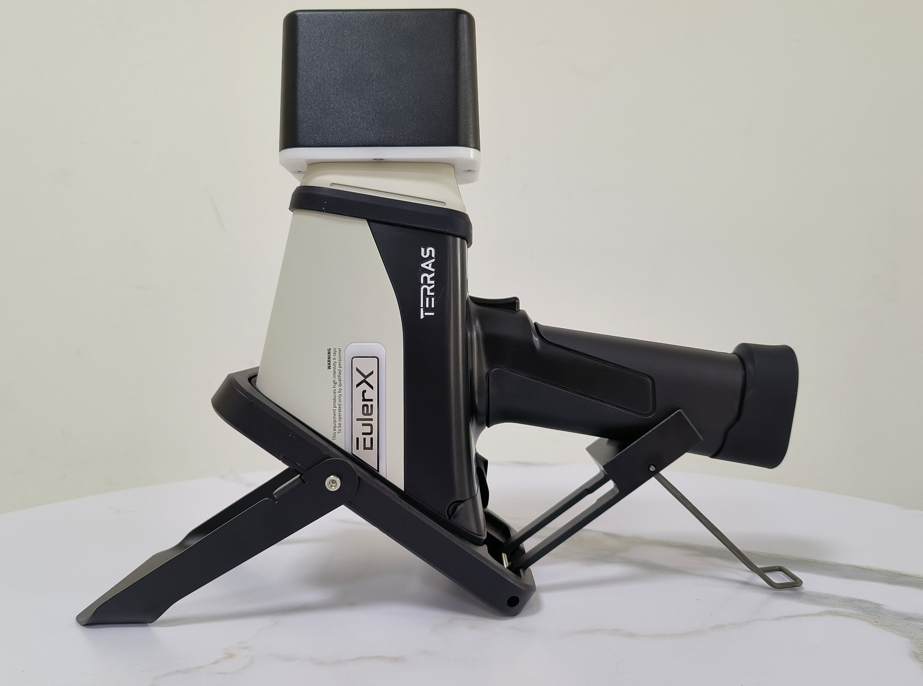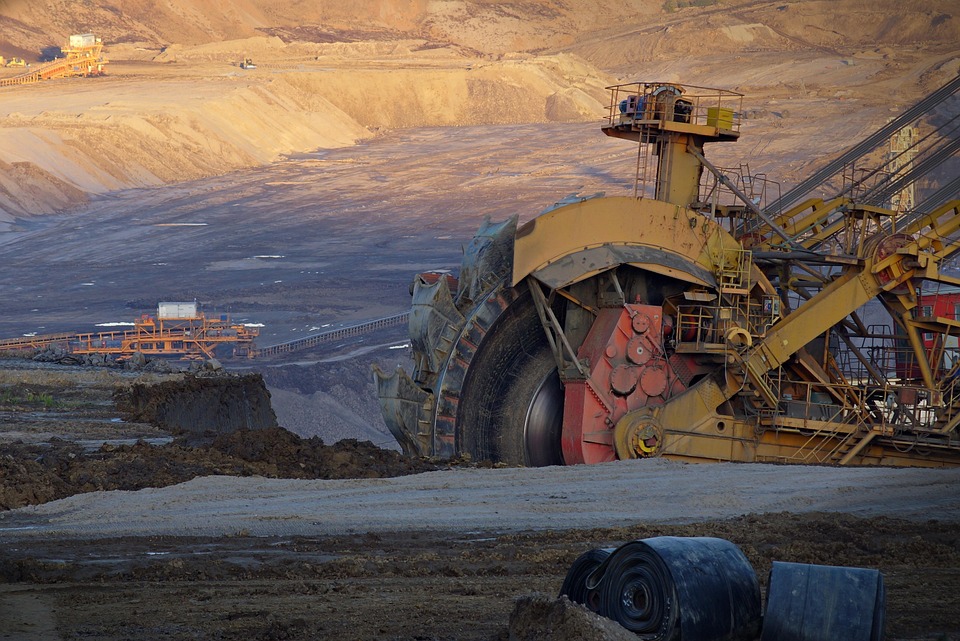
Alloy
A high-tech enterprise focusing on the development and application of X-ray technology products, committed to becoming a leading supplier of X-ray industrial testing solutions.
What Is an XRF Gun? Understanding Its Applications in Mining and Geology
In the fields of mining and geology, understanding the composition of rocks, minerals, and ores is essential for exploration, resource evaluation, and decision-making. One of the most powerful tools for this purpose is the XRF gun—a handheld device that uses X-ray fluorescence (XRF) technology to analyze the elemental composition of materials. But what exactly is an XRF gun, and how is it used in mining and geology? Let’s dive into the details.
What Is an XRF Gun?
An XRF gun is a portable, handheld device that uses X-ray fluorescence to determine the chemical composition of materials. It works by emitting X-rays that interact with the atoms in a sample, causing them to emit secondary X-rays (fluorescent X-rays) that are unique to each element. The device then detects and analyzes these X-rays to identify the elements present and their concentrations.

Terras EulerX900 Handheld Alloy Analyzer
How Does an XRF Gun Work?
The science behind an XRF gun is based on the principle of X-ray fluorescence. Here’s a step-by-step explanation of how it works:
X-ray Emission: When the XRF gun is activated, it emits a beam of high-energy X-rays from its built-in X-ray tube. These X-rays are directed at the sample being analyzed.
Interaction with the Sample: The X-rays penetrate the surface of the sample and interact with its atoms. This interaction causes the inner electrons of the atoms to be ejected, creating vacancies in the electron shells.
Electron Transition and Fluorescence: To fill these vacancies, electrons from higher energy levels drop down to the lower levels. As they do so, they release energy in the form of secondary X-rays, known as fluorescent X-rays. Each element emits X-rays at unique energy levels, which act like a fingerprint.
Detection and Analysis: The XRF gun’s detector captures these fluorescent X-rays and measures their energy levels. The device’s software then analyzes the data to determine the elemental composition of the sample.
Applications of XRF Guns in Mining and Geology
XRF guns are indispensable tools in mining and geology, offering a wide range of applications:
Mineral Exploration: XRF guns are used to identify minerals and elements in rock samples, helping geologists locate valuable deposits and determine the potential of a site.
Ore Grade Analysis: In mining operations, XRF guns are used to analyze the concentration of valuable metals (such as gold, copper, and zinc) in ore samples. This information is critical for determining the economic viability of a deposit.
Geochemical Mapping: XRF guns can be used to create geochemical maps of an area, showing the distribution of elements and minerals. This helps geologists understand the geological history of a region and identify exploration targets.
Core Sample Analysis: XRF guns are used to analyze drill core samples, providing real-time data on the composition of the subsurface. This helps geologists make informed decisions about where to drill next.
Environmental Monitoring: In mining operations, XRF guns can be used to monitor the presence of harmful elements (such as lead or arsenic) in soil and water, ensuring compliance with environmental regulations.
Quality Control: XRF guns are used to verify the composition of raw materials and finished products in mining and metallurgical processes, ensuring they meet quality standards.
Advantages of Using XRF Guns in Mining and Geology
Speed and Efficiency: XRF guns provide results in seconds, allowing for real-time decision-making and reducing the need for time-consuming laboratory analysis.
Portability: Handheld XRF guns are lightweight and easy to use, making them ideal for fieldwork in remote or challenging environments.
Non-Destructive Testing: XRF guns analyze samples without damaging them, preserving the integrity of valuable specimens.
Accuracy and Precision: XRF guns provide highly accurate and reliable results, ensuring that geologists and miners have the data they need to make informed decisions.
Real-World Examples of XRF Guns in Mining and Geology
Gold Exploration: In gold mining, XRF guns are used to analyze soil and rock samples for traces of gold and associated elements (such as arsenic or sulfur), helping geologists identify potential gold deposits.
Copper Mining: XRF guns are used to analyze copper ore samples, determining the concentration of copper and other valuable metals (such as molybdenum or silver).
Coal Analysis: In coal mining, XRF guns are used to analyze the composition of coal, including the presence of sulfur and other impurities that can affect its quality.
Environmental Remediation: XRF guns are used to monitor the presence of heavy metals (such as lead or cadmium) in soil and water at mining sites, ensuring compliance with environmental regulations.

Terras EulerX900 Handheld Alloy Analyzer
The EulerX 500 series by Terra Scientific revolutionizes handheld XRF mining analyzers, enabling rapid on-site ore analysis with minimal sample preparation. Using the fundamental parameters method, it delivers accurate results without calibration standards, reducing assay times from days to minutes. Ideal for diverse mining applications, it streamlines efficiency and precision in the field.
Conclusion
The XRF gun is a game-changer for mining and geology, providing fast, accurate, and non-destructive analysis of rocks, minerals, and ores. From mineral exploration to ore grade analysis and environmental monitoring, the XRF gun plays a vital role in guiding exploration efforts, optimizing mining operations, and ensuring compliance with environmental regulations.
Join Us
Subscribe to our email list for updates & promotions.



